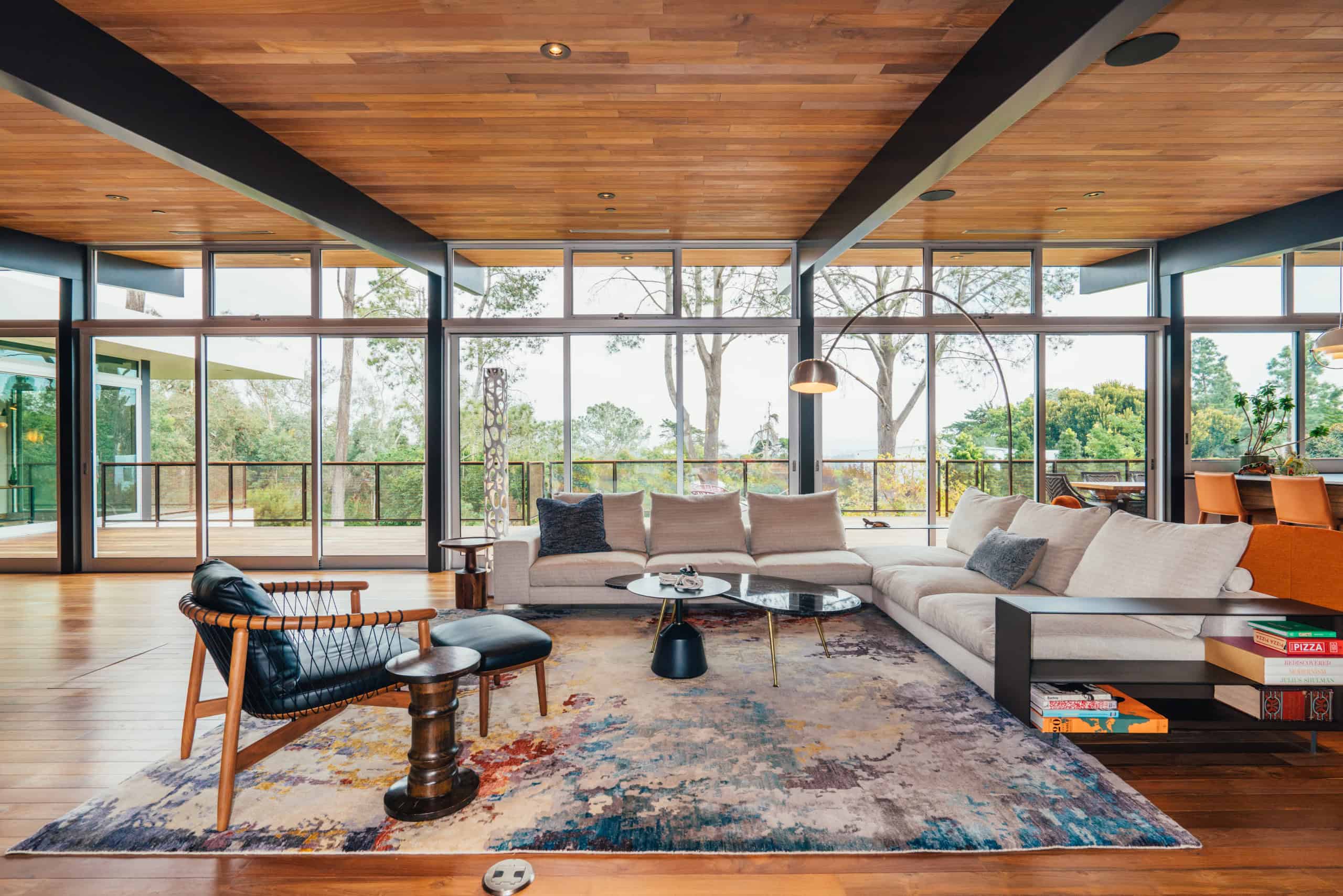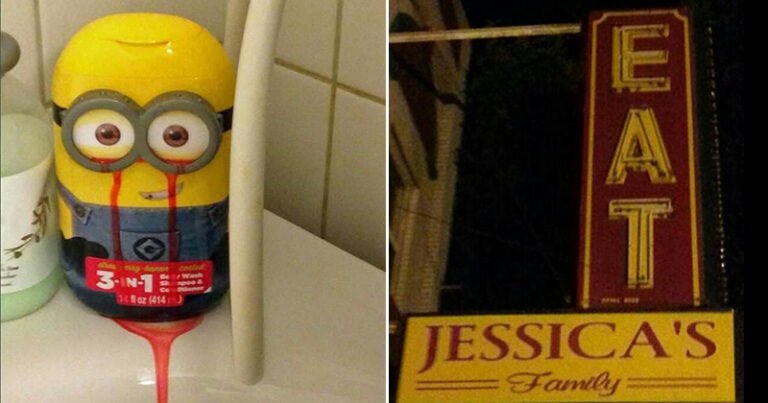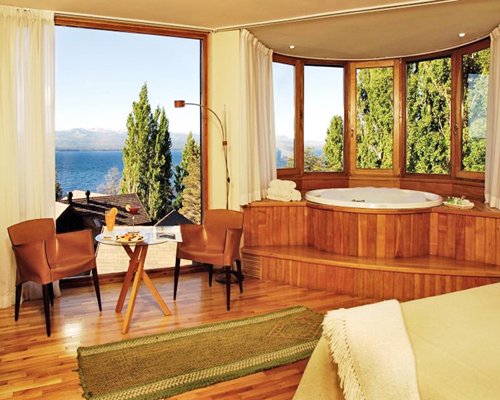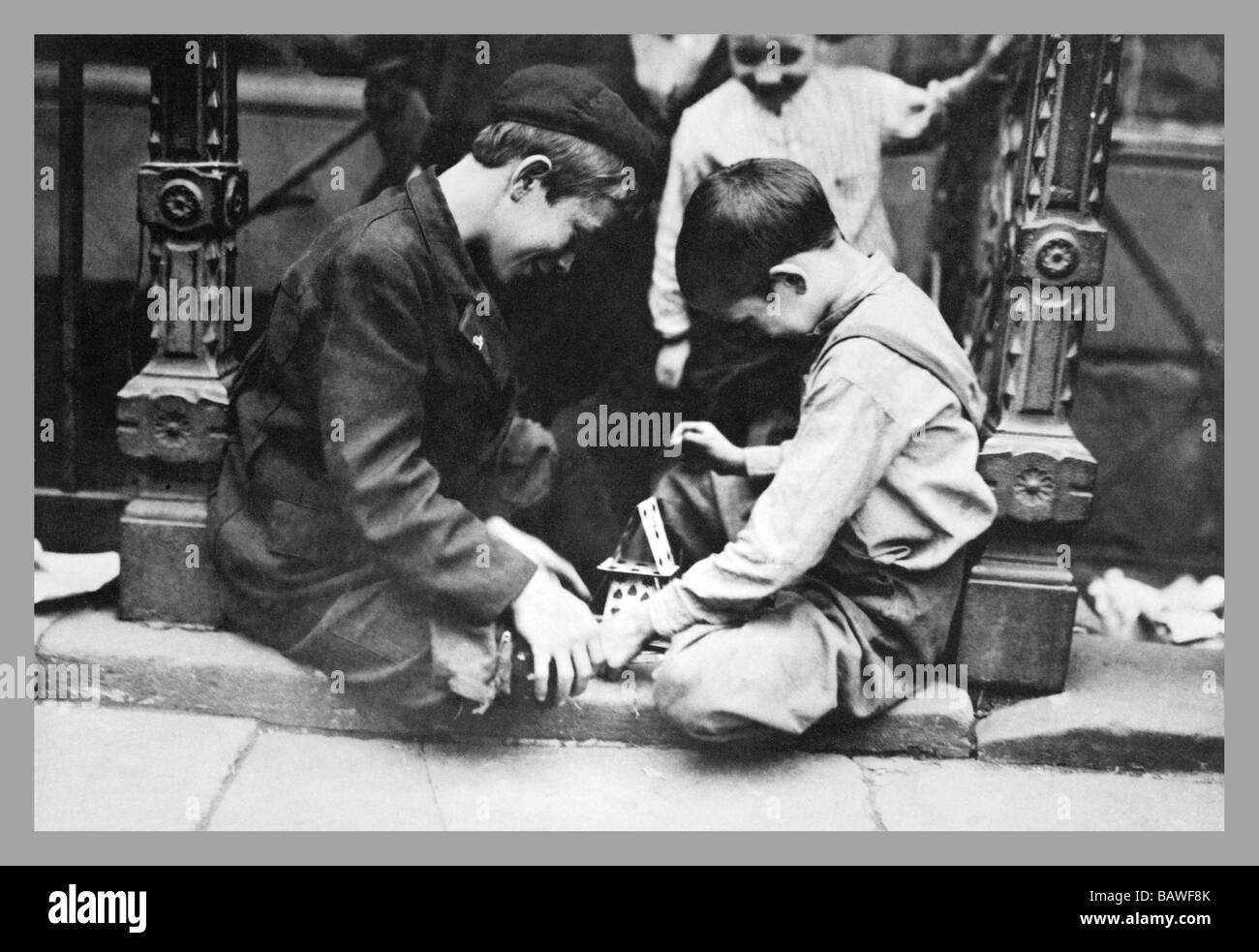Table Of Content

This means you have a wide range of shades to play with — so go wild mixing them all or pull it back for a minimalist spin by only selecting one or two hues. If you're obsessed with the look — or just starting your design exploration — these are six distinguishing features of mid-century modern to keep stowed away for your next reno project. Today, we take glass doors and floor-to-ceiling windows for granted, but in the early 20th century, these larger glass details were new and exciting. "Accessories that enhance the mid-century style like vintage or reproduction pieces like abstract art, sculptural objects or vases," explains Sims.
Inspiring interiors and exclusive expert design advice.
Even though the style cropped up all over the U.S. during the middle part of the 20th century, the design vernacular’s emphasis on indoor-outdoor living has always been particularly well-suited to the Southern California climate. Today, the abundance of floor-to-ceiling windows and use of natural materials—like wood paneling and stone fireplaces often seen in such houses—continue to resonate. Below, we’ve selected some of the best midcentury-modern homes to be featured by AD in recent years. As you’ll soon find, each one displays a fresh contemporary take on a now classic style. Midcentury modern living rooms look as current today as they did a century ago.
Double-decker architectural bus tour
"Understanding what inspired and drove the movement is a great place to start with mid-century modern design," says Dave Adams. "Initially, the Bauhaus movement sought to unite fine art with architecture, keeping function ahead of form, and creating designs that could easily be mass produced." “Mid-century modern design is known for its iconic furniture pieces, which are characterized by innovative forms, use of new materials, and a focus on comfort and practicality,” explains Amanda Sims. Mid-century modern spaces often feature bold patterns, and a harmonious balance between form and function. At its core, mid-century modern design represents a departure from the ornate and excessive styles that dominated the early 20th century.
Defining Traits of Mid-Century Modern Architecture
At the covered entry, bright red French doors are illuminated by a Sputnik chandelier. A barista champ, rocket scientist, engineer, designer, and IoT expert came together to design an AI-enhanced coffee system capable of handling everything from grinding to brewing automatically with fine tuned precision. Under a cedar tongue and groove ceiling, the open living room centers around views of the water and the colorful Roche Bobois Mahjong Sofa in Missoni fabrics. The Vitis 5 chandelier from RBW adds a sculptural statement above without overpowering the space. Since 2003, she has covered home design, gardening, parenting, houseplants, even youth sports. Long Beach-based artist and landscape designer Dustin Gimbel will offer a visual tour of Sculptura Botanica, his 2020 solo show at the Sherman Library and Gardens, and will offer tips on incorporating sculptural objects into the home garden.
Built-In Furniture
You may recognize some of the following qualities as things you still see today. Mid-Century Modern architecture is probably the easiest category of the design movement to define. Architects were inspired to reimagine the way we live after the horrors of WWII. Ideas were quickly spreading and being shared; designers were trying to define the perfect way to solve problems, create a new and exciting way to appreciate space, and to give everyone access to good design.

Many designers were also influenced by the Swiss International Typographic Style which resulted in simple sans serif text with neat organization. Much of these influences can be seen in certain lowercase sans serif logos for companies that still exist today like ABC. "Other unique shapes took hold through curved and almost round sofas, odd-shaped coffee tables, and even geometric shapes that felt angular and clean." But wood was by no means the only material present in the creation of midcentury modern pieces.
The furniture is clean, minimal, and sleek
Midcentury modern can be considered a subset of modern design, defined as the style that became popular in the early 1900s. However, when compared to the traditional definitions of modern design, midcentury modern design tends to be unashamedly retro and often makes use of bright accent color to emphasize this point. Modern design, by contrast, typically has a more understated, utilitarian, industrial look. "Midcentury modern design evolved in response to a post-World War II environment," designer Liza Kuhn explains. "Designers and architects were eager to develop new ideas that married the mass production and technology invented during the first half of the 20th century with a more optimistic outlook for the future."
Home Of The Month: Midcentury Makeover - Indianapolis Monthly
Home Of The Month: Midcentury Makeover.
Posted: Mon, 27 Nov 2023 08:00:00 GMT [source]
In this style, the text could begin to take some of the characteristics of the works they were describing and even paint mini pictures within titles. This is a further example of the subtractive process that tried to fit information into a minimal design move. With a style so influenced by the Bauhaus, typography is sure to be an important component.
Take, for examples, the living room’s lush Mario Bellini mohair sofa (an icon of 1970s design), the handwoven Scandinavian wool rug balancing out the concrete floors, and the concrete fireplace counteracted with a warm woodgrain patterns. In the living room of the Goldwyn house, an iconic residence in Los Angeles that’s now the home of the Future Perfect gallery, a jewel-toned lounge is swathed in velvet and overseen by a handwoven rattan chandelier by artist Chris Wolston. Though this scheme deftly mixes eras, the clean lines throughout and the dark stained wood feels distinctly midcentury. Whatever side of the debate you fall on, it’s clear that the midcentury modern aesthetic has left an indelible mark on the design world—a function and form we can all learn from.
Mid-Century Commercial Modernism: Design and Materials (U.S - National Park Service
Mid-Century Commercial Modernism: Design and Materials (U.S.
Posted: Mon, 13 Nov 2023 08:00:00 GMT [source]
Every new shape or color is only added if it serves an important purpose, sometimes to contrast another or sometimes to add a new relevant layer of information. Lessons in minimalism and typography carried over when the New Bauhaus School of Design was established in the early 1940s. Design everywhere was also abandoning decoration or any unnecessary lines or patterns.
Mid-century modern-inspired style can be found everywhere, whether it's the full-blown theme of a room or a space that simply has hints of it. Though the period itself emerged in the 1940s (and technically ended in the late '60s and early '70s), people are still adorning their homes in furniture, colors, and materials that look like they could be plucked from a home in 1955. Here are some of the defining hallmarks of mid-century modern interior design, according to Hoyos and Kinlaw. “The principles of mid-century modern architecture [and design] are very relevant today—especially the connection to nature, which is very relevant with the wellness trend and the importance of sustainability practices in design,” Hoyos says. Timeless pieces like the Eames Lounge Chair, the Barcelona Chair, and the Tulip Table have become symbols of the mid-century modern style, celebrated for their innovative design and enduring appeal.
The project, led by SHED Architecture & Design, breathes new life into the home by delicately balancing innovation with preservation. Enjoy a rare opportunity to meet Josh Agle, the Southern California artist and designer popularly known as Shag, whose candy-colored works immortalize Midcentury hipsters and Tiki kitsch. After the event, Agle will sign books and the Modernism Week 2022 commemorative posters he designed, pictured above.
Bass worked for all the greats of the time, including Stanley Kubrick, Martin Scorsese and Alfred Hitchcock. Something of a legend in graphic design circles, Paul Rand is also a pioneer of mid-century modern graphic design, applying the principles of bold geometric shapes, clean lines and graphic symbolism to his logos for the likes of IBM, UPS and ABC. Flat roofs are one example of how important clean lines were in this design style. Since spaces were considered individual and often boxy volumes, the roof was typically a flat plane that simply closed off an interior volume. Though not all projects used flat roofs, they were very common and tended to reinforce the horizontality present through the large windows and the vertically shifted horizontal boxes that composed some Mid-Century Modern buildings.
Meanwhile, in northern Europe, designers created a distinctly Scandinavian style by handcrafting their furniture and using such natural materials as wood and leather. Examples of this include Hans Wegner’s Wishbone chair, made from beechwood and paper cord, and Alvar Aalto’s Paimio chair, made from bent plywood, bent laminated birch, and solid birch. Chris Kinlaw, furniture designer and founder of MIXMA Studios, adds that mid-century modern interior design very much drew inspiration from the architectural movement. “It focuses on clean lines, minimalism, and a functional approach to design, incorporating similar elements into interior spaces," he says.
The key to making the aesthetic look decidedly non–Brady Bunch is understanding its history and creating an effortlessly modern mix. Learn all about it and get tips from the experts on how to add a Mad Men vibe to your space with midcentury-modern decor. Inside, floor pans remained wide and open to create easy flow from one space to another. This approach creates a more communal feel, but also improves light flow throughout the house and allows for better sightlines outdoors. At first glance, a mid-century modern home or building may seem fairly straightforward with its simple lines and low profile. Look closer, though, and you'll quickly see that this style has a way of seamlessly connecting to nature and infusing playful touches throughout.
When it comes to incorporating mid-century modern design in your home, the first step is to "research and familiarize yourself with the iconic designers, furniture pieces and architectural styles of the era," advises Sims. Understanding the principles that guided mid-century design will not only provide inspiration but also a framework for you to start with. United States architect Frank Lloyd Wright also played a key role in the development and continued evolution of mid-century modern architecture and design, Hoyos adds.














